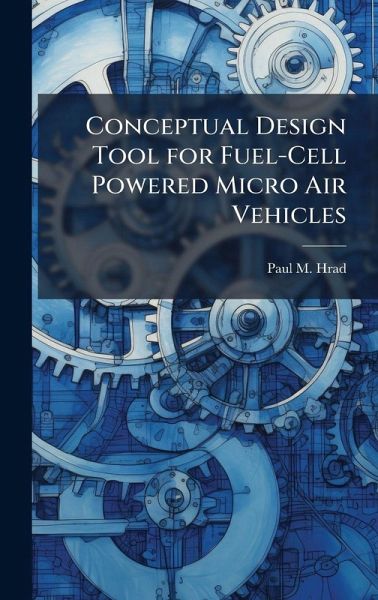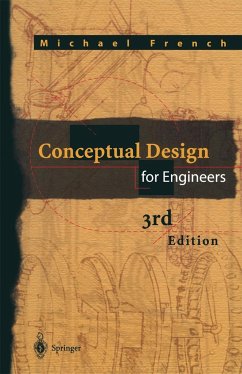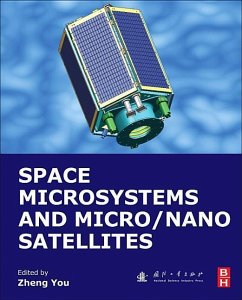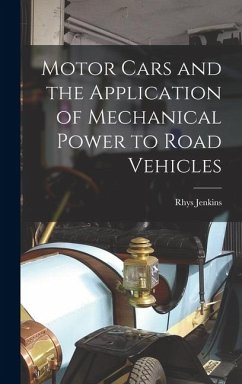
Conceptual Design Tool for Fuel-Cell Powered Micro Air Vehicles
Versandkostenfrei!
Versandfertig in über 4 Wochen
30,99 €
inkl. MwSt.
Weitere Ausgaben:

PAYBACK Punkte
15 °P sammeln!
A conceptual design tool was built to explore power requirements of a hybrid-power system for Micro Air Vehicles (MAVs) comparable in size to the Cooper's Hawk. An inviscid aerodynamic code, Athena Vortex Lattice (AVL), and a motor-propeller analysis code, QPROP, provide overall lift, drag, and thrust data for power-required calculation as functions of many variables to include mass, platform geometry, altitude, velocity, and mission duration. Phoenix Technologies' Model Center was used to integrate multi-disciplinary components that employ specific power and specific energy of two power sourc...
A conceptual design tool was built to explore power requirements of a hybrid-power system for Micro Air Vehicles (MAVs) comparable in size to the Cooper's Hawk. An inviscid aerodynamic code, Athena Vortex Lattice (AVL), and a motor-propeller analysis code, QPROP, provide overall lift, drag, and thrust data for power-required calculation as functions of many variables to include mass, platform geometry, altitude, velocity, and mission duration. Phoenix Technologies' Model Center was used to integrate multi-disciplinary components that employ specific power and specific energy of two power sources to determine power system mass required for a designated mission. The tool simulated a mission for the fixed wing Generic Micro Aerial Vehicle (GenMAV), and relative sizing between a high specific power source and a high specific energy source was investigated. Current small fuel cell technology provides inadequate specific power. It was found that a MAV-sized fuel cell-battery hybrid-power system would not perform better than a pure battery or battery-battery power system. A feasible fuel cell capability requirement of at least 325 W/kg matched with at least 921 W-hr/kg was identified as a fuel cell - Li-Po solution for a defined 30 min mission resulting in reduced power system mass compared to using only Li-Po batteries. This work has been selected by scholars as being culturally important, and is part of the knowledge base of civilization as we know it. This work was reproduced from the original artifact, and remains as true to the original work as possible. Therefore, you will see the original copyright references, library stamps (as most of these works have been housed in our most important libraries around the world), and other notations in the work. This work is in the public domain in the United States of America, and possibly other nations. Within the United States, you may freely copy and distribute this work, as no entity (individual or corporate) has a copyright on the body of the work. As a reproduction of a historical artifact, this work may contain missing or blurred pages, poor pictures, errant marks, etc. Scholars believe, and we concur, that this work is important enough to be preserved, reproduced, and made generally available to the public. We appreciate your support of the preservation process, and thank you for being an important part of keeping this knowledge alive and relevant.












